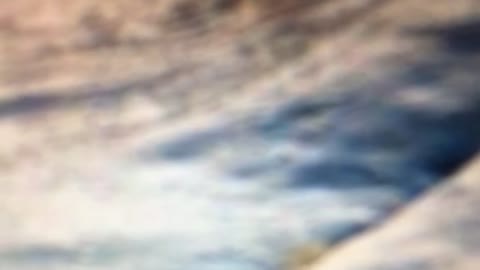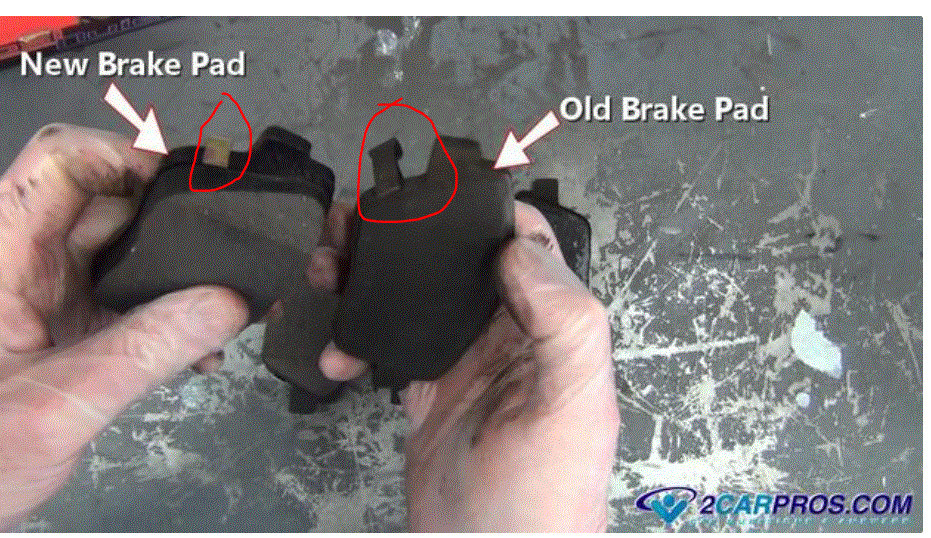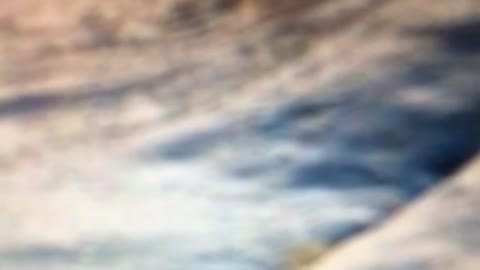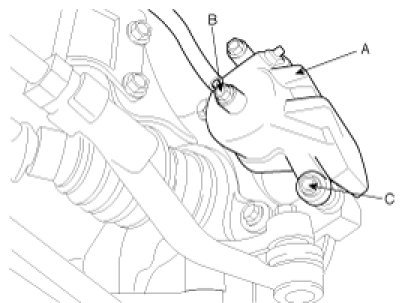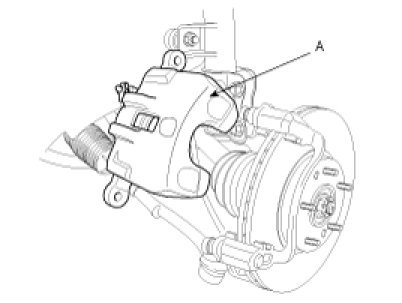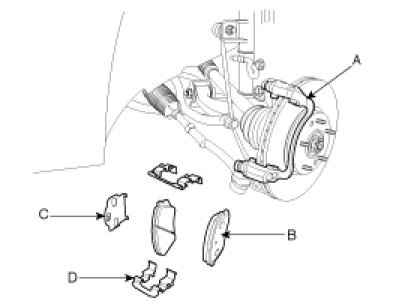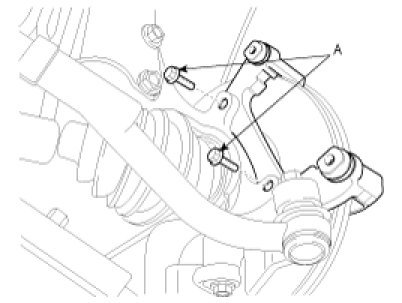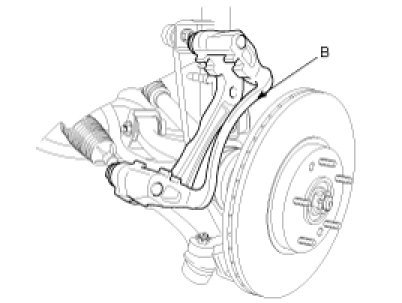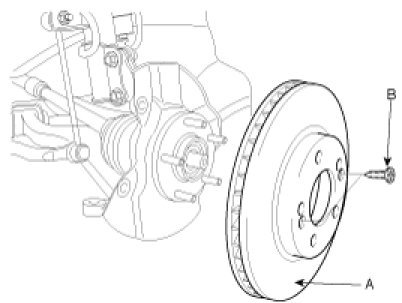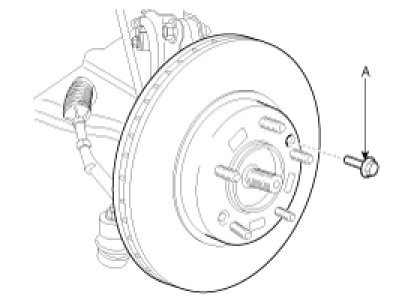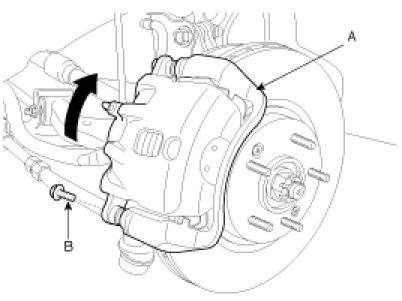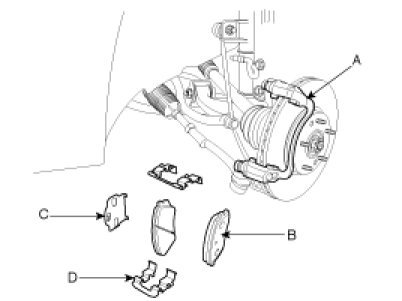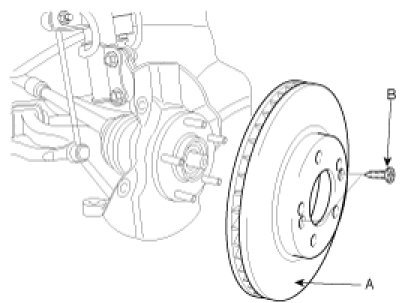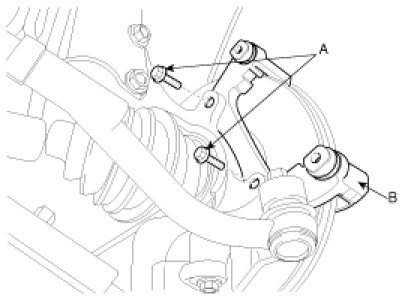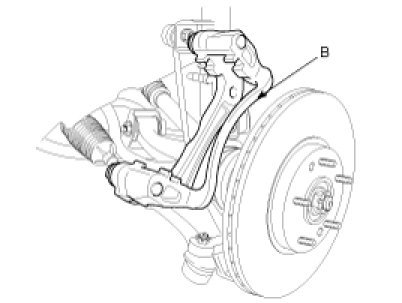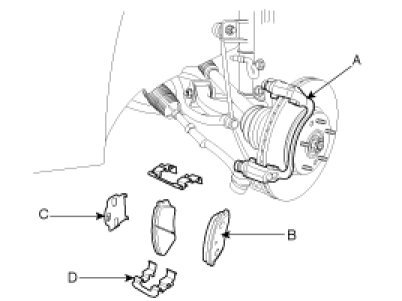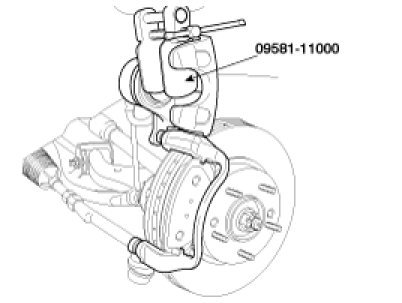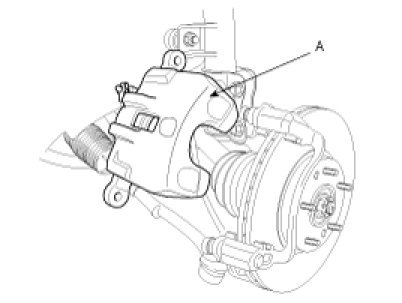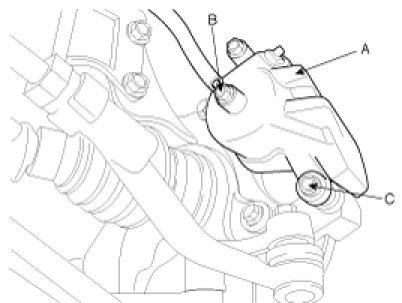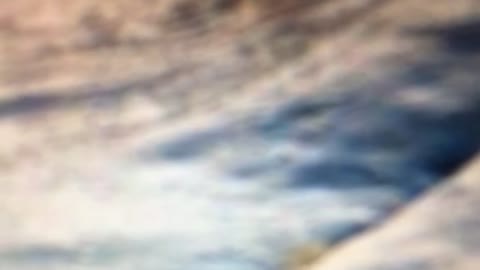Hi,
The audio didn't attach. If, however, you hear it at the front and it changes when you apply the brakes, chances are the pads are bad. If you confirm that, here is a link that shows in general how to replace front brake pads and rotors:
https://www.2carpros.com/articles/how-to-replace-front-brake-pads-and-rotors-fwd
Here are the directions specific to your vehicle. The attached pics correlate with the directions. Note: The directions include the replacement of the rotors and caliper. You will need to inspect what is there to determine what is in need of replacement. I can help if you have questions.
______________________________________
2010 Kia Rondo L4-2.4L
Repair Procedures
Vehicle Brakes and Traction Control Disc Brake System Brake Pad Service and Repair Removal and Replacement Front Disc Brake Repair Procedures
REPAIR PROCEDURES
REMOVAL
1. Remove the brake hose bolt (B) and the guide rod bolts (C) from the caliper assembly (A).
pic 1
2. Remove the caliper assembly (A).
pic 2
3. Remove the pads (B), the pad shims (C) and the pad retainers (D) from the caliper bracket (A).
pic 3
4. Remove the caliper bracket (B) and the caliper mounting bolts (A).
pic 4
pic 5
5. Remove the brake disc (A) and the screw (B).
pic 6
NOTE:
Remove the brake disc from hub using M8 bolt (A) if the brake disc has been seized with the hub due to corrosion or overheat.
Be careful not to use the hammer. The disc can be damaged if you remove the disc from the hub by hammer.
pic 7
REPLACEMENT
CAUTION:
Frequent inhalation of brake pad dust, regardless of material composition, could be hazardous to your health.
- Avoid breathing dust particles.
- Never use on air hose or brush to clean brake assemblies.
1. Remove guide rod bolt (B) and raise the caliper assembly (A).
pic 8
2. Remove the pads (B), the pad shims (C) and the pad retainers (D) from the caliper bracket (A).
pic 9
INSTALLATION
1. Install the brake disc (A) and tighten the screw (B).
Tightening torque : N.m (kgf.m, lb-ft)
4.9 - 5.9 (0.5 - 0.6, 3.6 - 4.3)
pic 10
2. Install the caliper bracket (B) and tighten the caliper mounting bolts (A).
Tightening torque : N.m (kgf.m, lb-ft)
78.5 - 98.1 (8.0 - 10.0, 57.9 - 72.3)
pic 11
pic 12
3. Install the pad retainers (D) to the caliper bracket (A).
4. Install the brake pads (B) and pad shims (C) on the pad retainer correctly. Install the pad with the wear indicator on the inside. If you are reusing the pads, always reinstall the brake pads in their original positions to prevent a momentary loss of braking efficiency.
NOTE:
Check the foreign material at the pad shims (A) and the back of the pads (B).
Contaminated brake discs or pads reduce stopping ability. Keep grease off the discs and pads.
pic 13
5. Push in the piston using the SST(09581-11000) so that the caliper will fit over the pads. Make sure that the piston boot is in position to prevent damaging it when installing the caliper.
pic 14
6. Install the caliper assembly(A).
NOTE:
Be careful not to damage the piston pin boot.
pic 15
7. Install the brake hose bolt (B) and the guide rod bolts (C) to the caliper assembly (A).
Tightening torque : N.m (kgf.m, lb-ft)
Bolt (B) : 24.5 - 29.4 (2.5 - 3.0, 18.1 - 21.7)
Bolt (C) : 21.6 - 31.4 (2.2 - 3.2, 15.9 - 23.1)
pic 16
8. Refill the master cylinder reservoir to the MAX line.
9. Bleed the brake system.
10. Depress the brake pedal several times to make sure the brakes work, then test-drive.
NOTE:
Engagement of the brake may require a greater pedal stroke immediately after the brake pads have been replaced as a set. Several applications of the brake will restore the normal pedal stroke.
11. After installation, check for leaks at hose and line joints or connections, and retighten if necessary.
___________________
Let me know if that helps or if you have other questions. Also, if you can upload the audio, it may be helpful.
Take care,
Joe
Images (Click to make bigger)
SPONSORED LINKS
Thursday, November 5th, 2020 AT 5:32 PM
